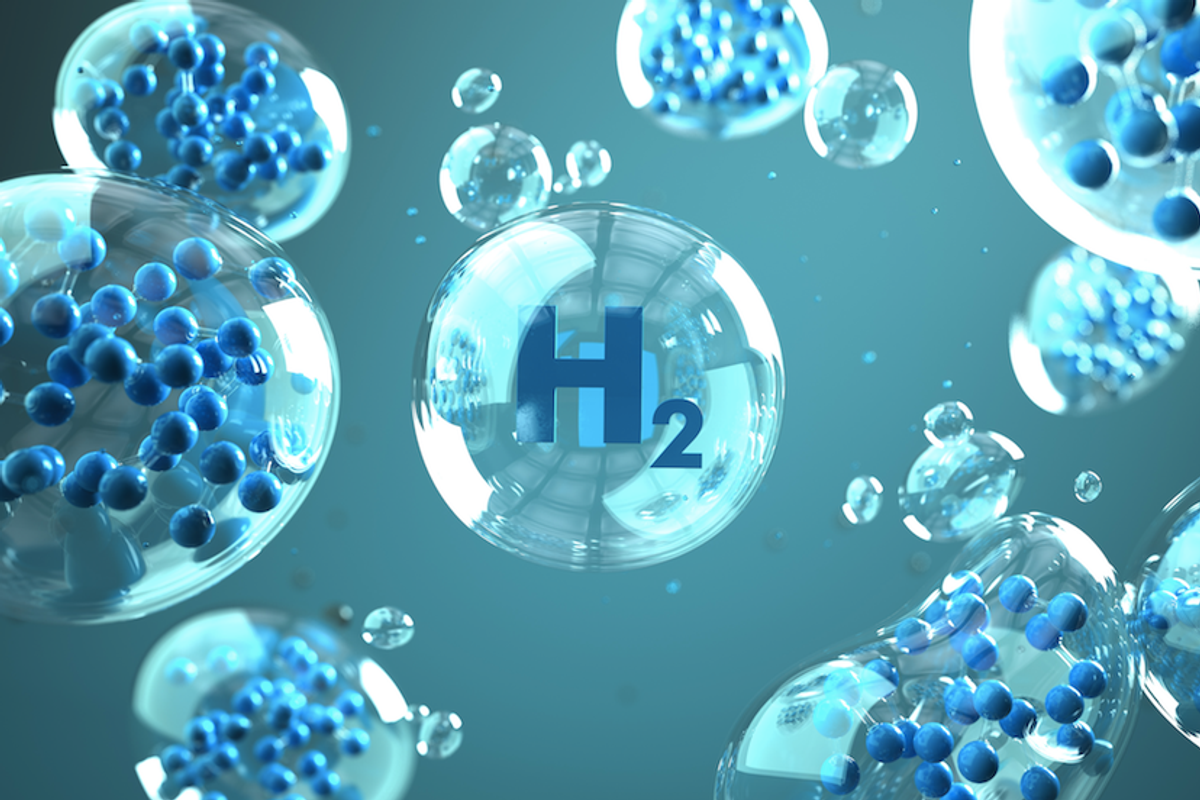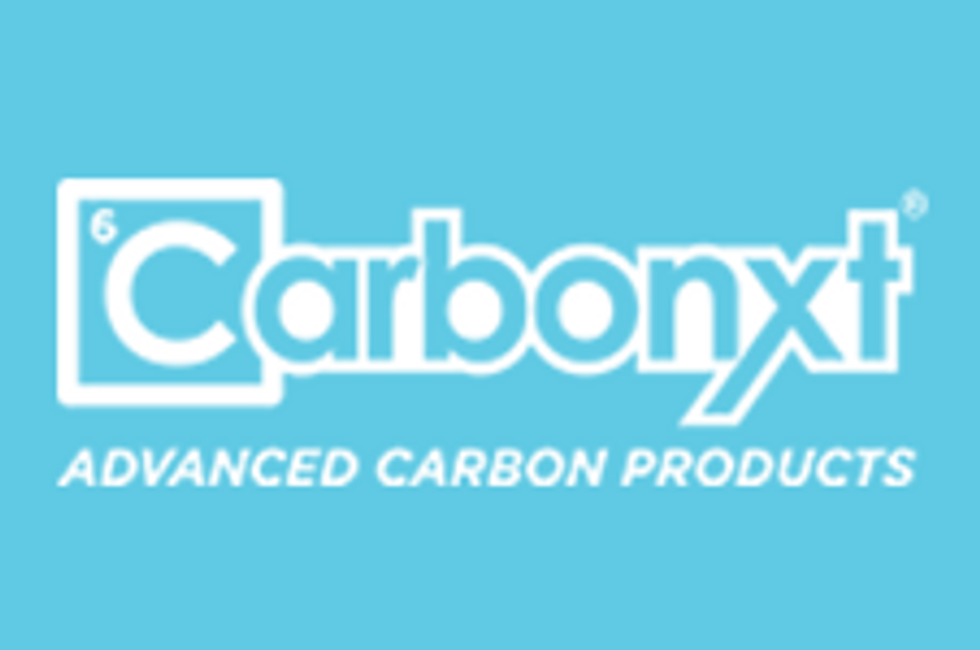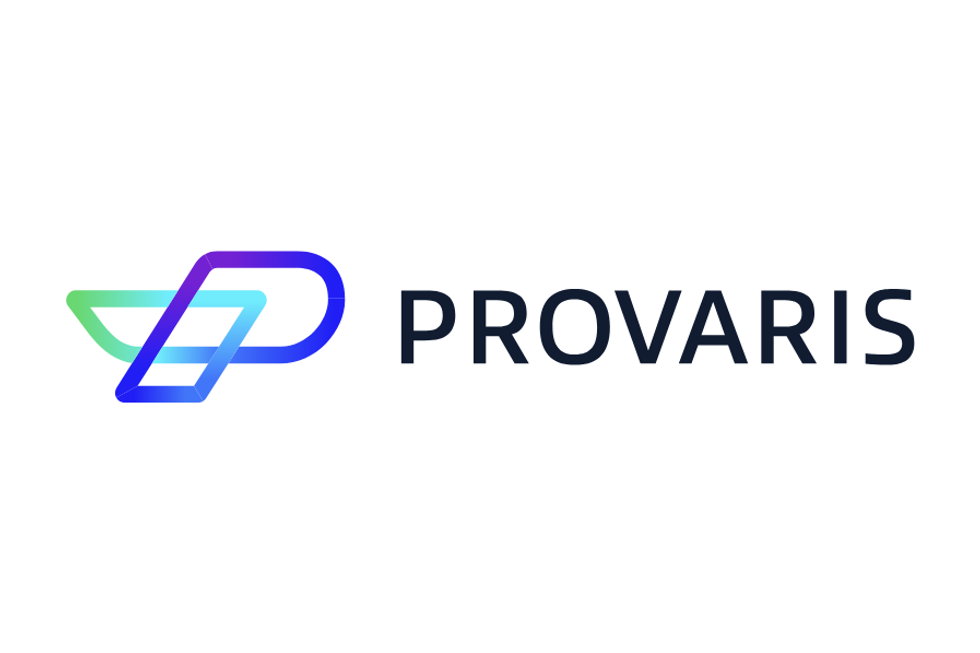The Future of Hydrogen in Australia
The rapid growth of the Australian hydrogen industry is being driven by massive investments in the "green" hydrogen sub-sector.

For decades, hydrogen has been hailed as a potentially revolutionary alternative to fossil fuels. Today, ASX investors are paying increasing attention to the hydrogen sector as the world's leading oil, gas and steel companies ramp up expenditure in this promising alternative energy source.
Australia, like most western nations, is determined to decarbonise its economy as part of the global transition toward renewables. Many industries now face strict targets for reducing emissions, and new technologies are being developed to produce clean, "green" hydrogen that will have a sweeping impact in diminishing the carbon footprint left by Australia's steel and coal industries.
The rapid growth of the Australian hydrogen industry is being driven by massive investments in the "green" hydrogen sub-sector as opposed to the dominant form of "grey" hydrogen that is produced via carbon energy sources.
Now, in the wake of the Russian invasion of Ukraine, the US Biden administration has banned Russian oil imports and there is growing pressure on EU countries to follow suit. This immediately thrusts hydrogen into the spotlight as a key component in a changing landscape where energy security has become a major priority in an unstable political environment.
This is the view of Dr. Andrew "Twiggy" Forrest, Chairman of Australian iron ore giant Fortescue Metals Group (ASX:FMG), which is now investing billions into green hydrogen production as part of an overall plan to transform itself into a clean energy company: "The Middle East has taught us this before and (Russian President Vladimir) Putin is teaching us this now … Green energy plans are our only energy security," Forrest said at the onset of the Russian invasion.
According to Noel Tomnay, global head of hydrogen consulting at Wood Mackenzie, low-carbon hydrogen has enormous potential to capture a growing share of the world energy market, and there is now more need than ever for major hydrogen producers such as Australia to accelerate hydrogen projects that will one day reduce dependency on any single oil and gas supplier.
"There is a serious need to expand the production of green and blue hydrogen to increase the security of supply (in light of bans on Russian oil)," Tomnay said.
Tomnay, one of the authors of a major hydrogen study on behalf of Wood Mackenzie, believes that Australia must join other countries in providing alternative energy sources, particularly hydrogen, which, like liquified natural gas (LNG), can be chilled and liquefied for transport on ships. It can also be blended with natural gas in the pipeline stream to reduce carbon emissions.
"The world needs to be buying fuel from many more and varied suppliers by reducing dependence on any one supplier. As Europe is becoming increasingly reliant on LNG, instead of importing it from just a couple of countries, you're going to need to develop green hydrogen and produce LNG from Chile and Australia and Africa and Morocco and thereby broaden the range of potential suppliers in the near and medium term."
The world’s three largest LNG importers — China, Japan and South Korea — along with the EU, have all set targets for net-zero carbon emissions. Hydrogen is an essential component if these goals have any hope of being met.
Royal Dutch Shell CEO Ben van Beurden has stated that without hydrogen in the energy mix by 2050, “we cannot aim to be a net zero economy.”
"There is lots of potential for green hydrogen in Australia, Canada, and the Middle East. It's a global market and all the new projects will be looking for global exports and additional offtake customers," Tomnay said.
Australia's virtually limitless solar power capacity also gives it a natural cost advantage over other global producers, and Australia's private sector is ideally positioned to become a leader in the production of green hydrogen.
Green, blue and grey hydrogen
Green hydrogen is defined as hydrogen produced by splitting water into hydrogen and oxygen using renewable electricity. This is a very different pathway compared to both grey and blue.
At present, global hydrogen production is almost entirely derived from the reforming of natural gas via steam methane reforming (SMR) or using other hydrocarbons such as gasified coal or gasified heavy oil residues.
Grey hydrogen is mainly produced using coal that results in very high CO2 emissions that rival that of combined emissions of UK and Indonesia. It has no value as a transitional energy source.
Blue hydrogen differs from grey in that it uses carbon capture technology to capture 85 to 95 per cent of the CO2 produced when hydrogen is split from methane (or from coal) and stores it for long term. Blue hydrogen thereby significantly reduces the environmental impact of hydrogen production; however, it is not fully effective at stopping the emissions.
This is why green hydrogen represents the future of the sector as it looks to shift away from these carbon-intensive processes. Green hydrogen leaves no carbon footprint and thereby offers the world an unlimited source of clean energy in the near future. But due to its comparative cost disadvantage, green hydrogen currently accounts for less than 1 percent of hydrogen production in Australia
This is precisely the gap that Australian energy giants such as Fortescue, Woodside Petroleum (ASX:WPL) and Wesfarmers (ASX:WES) are in the process of filling with various green hydrogen projects.
FMG Chairman Forrest has no doubt that his massive commitment to green hydrogen is exactly the kind of clean energy strategy that the world needs if it is to avoid the worst effects of climate change.
"It’s like being there at the beginning of the industrial revolution," he said. "Someday you’ll look back and say, ‘I was there.' Global warming … is really serious, and it’s accelerating a lot quicker than anybody thought … I’ve been in mining for 20 years, and nothing has really changed until now. (But) if you are responsible, you must act."
Meanwhile, Woodside has unveiled plans to produce hydrogen at three locations in Australia and overseas. The H2Perth hydrogen facility in Western Australia announced in October last year is expected to begin operations in 2027. It will produce over 500,000 tonnes of hydrogen per year.
The initial phase of the project would produce a combination of blue and green hydrogen, but Woodside CEO Meg O'Neill has stated that "H2Perth is designed to be net-zero emissions for both Woodside and its customers," and that 100 percent of carbon emissions will be either stored or offset.
Wesfarmers' wholly owned subsidiary Coregas, a leading gas producer, is participating in the Hydrogen Energy Supply Chain (HESC) gasification plant in Latrobe Valley, Victoria. Coregas intends to ship the hydrogen produced at this facility to Japan and eventually turn it into the largest hydrogen hub in the world
Australian government commitment to hydrogen
In 2019, Australia unveiled its National Hydrogen Strategy, which seeks to stimulate the development of the hydrogen sector and encourage its leading corporations to invest in hydrogen projects. Last June, the government announced that it will be investing AU$1.4 billion in the country's hydrogen industry as part of an effort to turn Australia into a major global player by 2030. To that end, Prime Minister Scott Morrison announced a joint hydrogen development program with Germany.
Under the terms of this agreement, Australia will gain access to highly advanced German hydrogen technology that will help Australia build up its capacity to export significant quantities of hydrogen to Germany as part of the European superpower's policy of reducing reliance on fossil fuels.
Australia is also partnering with Japan on the development of new hydrogen fuel cell technology and the establishment of the world's first clean liquefied hydrogen export pilot project. In addition, important bilateral agreements have been reached with Singapore (accelerating low emissions technologies) and Korea (collaborating on research into hydrogen supply chains and low and zero emissions technology).
Though Australia is primed to become one of the world's leading hydrogen producers, there are major issues on the demand side of the equation. Martin Tengler, senior hydrogen analyst at BloombergNEF in Tokyo, believes that the future market for Australian green hydrogen is still much less than what is needed to soak up the supply once many of the new production facilities come on line.
"My outlook for Australia is that there are many projects for clean hydrogen in the pipeline and most are geared towards the exporting hydrogen in the form of ammonia and towards exports to Japan and Korea," Tengler said.
"But these projects face an uncertain future, however, because Japanese demand needs to pick up in order to absorb all the planned supply from Australia. It is great that Australia has all these projects in development but the challenge going forward will be to find enough demand."
Tengler, one of Asia Pacific's leading experts on the global hydrogen industry, is highly impressed with all the new Australian initiatives in the field but warns of possible bottlenecks down the road.
"Fortescue, for example, needs to find buyers willing to sign long-term contracts for the green hydrogen it intends to produce over the long term. This is the biggest challenge they are facing."
Currently, the hydrogen market is valued at over US$100 billion and issued widely as an industrial chemical, mainly by the petroleum industry, for the production of ammonia, a principal ingredient in the manufacture of nitrate fertilizer. There is also growing demand for hydrogen by companies anxious to harness its properties as an effective means of storing power. But none of these applications for hydrogen compare to its extraordinary potential as a viable, clean-energy fuel for transportation, particularly in trucks, airplanes, and ships.
These essential means of transportation are difficult to decarbonise due to the weight of batteries and their inability to hold sufficient charge for long-haul trips. Hydrogen, however, offers a much lighter alternative as a clean-burning fuel that would go a long way to eliminating carbon emissions in the transport sector.
"Australia has a lot of renewables and a lot of states have ample room to place solar panels and build windmills," Tengler said. "But the biggest challenge is to find enough buyers because of the shipping costs and distances involved. And there will be competitors from Spain in the Iberain Peninsula, Chile, Namibia, Brazil and Canada. They all want to sell hydrogen to Japan and Korea … I would be wary about hydrogen export potential from Australia for the time being until Australian exports are able to sign long term export agreements."
Don’t forget to follow us @INN_Australia for real-time updates!
Securities Disclosure: I, Harold Von Kursk, currently hold no direct investment interest in any company mentioned in this article.
- Tech Hubs in Australia - Investing News Australia ›
- Hydrogen Investing in Australia - Investing News Australia ›




